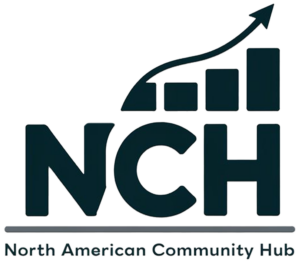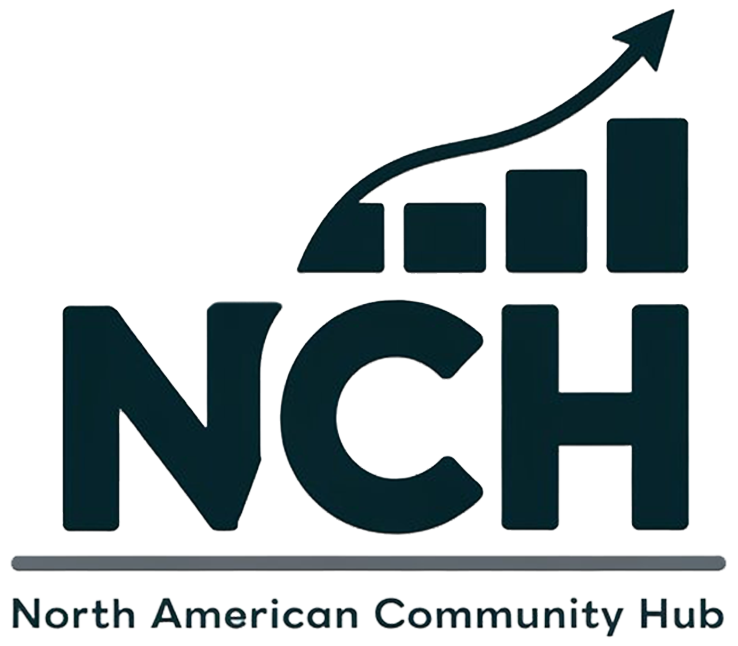Hybrid learning has evolved from an emergency solution during the pandemic into a dominant force in higher education.
Over 60% of U.S. colleges now offer hybrid programs, signaling a major shift in how education is structured and delivered.
Hybrid systems blend online flexibility with the connection of in-person engagement.
Rising demand among students, institutional adaptation, and changing demographics have accelerated this transformation.
The result is a new educational era focused on access, equity, and innovation in learning.
The Rise of Hybrid Learning

According to data from Wooclap, over 60% of U.S. colleges currently operate hybrid programs, while nearly 75% of schools are preparing to integrate hybrid or online delivery into their systems.
Such numbers highlight a structural transformation rather than a temporary shift.
During the early months of the pandemic, nearly 98% of universities worldwide transitioned to online learning.
Even after restrictions were lifted, many institutions kept hybrid structures in place due to their proven benefits.
Students and faculty discovered that hybrid systems offered flexibility, accessibility, and improved participation for those balancing work and study.
The educational market mirrors this transformation, projected to reach $203 billion by 2025 as schools continue investing in flexible technologies and infrastructure.
Universities began investing heavily in digital tools, learning management systems, and collaborative platforms that allow both synchronous and asynchronous engagement.
Parallel developments can be observed in the corporate world, where approximately 78% of North American companies employ hybrid training programs.
Several factors have driven the expansion of hybrid education:
- Students can combine on-campus learning with online convenience.
- Learners across regions and income levels can participate with fewer barriers.
- Institutions can optimize resources, manage facilities better, and serve wider audiences.
- Increased adoption of virtual classrooms and AI-driven learning platforms.
Continuous learning, digital literacy, and flexibility have made models indispensable to the future of higher education.
Who Wants Hybrid? What do Students Demand

Student expectations have become a central driver in the growth of hybrid education.
Encoura’s research reveals that 25% of high school students expect options once they reach college.
Among adults, 55% of undergraduates and 61% of graduate students favor hybrid learning over fully online or in-person formats.
Motivations for hybrid learning often reflect a desire for control over personal schedules and a balanced academic experience.
Students value the ability to manage employment, family responsibilities, and personal interests while maintaining access to in-person collaboration.
To better outline these motivations, several key factors emerge:
- Students can design schedules around professional and personal obligations.
- These models combine independent online study with interactive class sessions.
- Regular interaction with faculty and peers enhances accountability and academic connection.
Demographic patterns further illuminate student preferences.
Learners from underserved or marginalized backgrounds often lean toward hybrid models for their affordability and inclusivity.
Working students, particularly those in part-time employment or work-study programs, find the system practical for managing both commitments.
Adults with children tend to prefer fully online options due to the demands of parenting, while younger adults and graduate students appreciate the social engagement offered by hybrid courses.
Hybrid programs cater to multiple demographics:
- First-generation college students seeking accessible entry points into higher education.
- Part-time and working learners balancing career advancement with study.
- Graduate students desiring research collaboration alongside digital flexibility.
One notable example is the Hybrid Advanced MSW program at the University of the Pacific, which offers a 12-month hybrid pathway for BSW graduates.
The Family Perspective on Hybrid vs. Fully Online

Families play a major influence in deciding how and where students pursue higher education.
According to Ruffalo Noel Levitz’s survey of 9,467 families:
- 60% expressed openness to hybrid learning
- Only 11% favored fully online instruction
Families tend to view hybrid education as a balanced model that retains traditional engagement while offering modern convenience.
Parents and guardians, particularly among first-generation and lower-income households, value the affordability and accessibility.
At the same time, concerns persist regarding quality and connection.
Families often raise three consistent worries:
- Fear that hybrid courses might lack the intensity of traditional instruction.
- Concern over reduced campus community involvement.
- Anxiety about internet speed, device quality, and consistent technical support.
Internet access and device ownership remain significant challenges for many households, particularly in rural areas.
Regional and generational factors add further complexity.
Families in the Great Lakes and Far West regions tend to be more open to hybrid options, while traditional preferences still dominate in parts of New England.
Younger parents and female caregivers often demonstrate stronger support for these models, recognizing the benefits of accessibility and balance.
Hybrid learning has become a family-centered choice that reflects not only educational priorities but also household values, economic realities, and generational shifts in comfort with technology.
Families increasingly see hybrid systems as a pathway to better opportunities without sacrificing personal or academic engagement.
Challenges and Institutional Response

Colleges and universities face several obstacles in delivering consistent, high-quality hybrid education.
Many students continue to face unreliable internet access or lack appropriate digital devices.
Faculty development also remains uneven, with only 47% of instructors having received training in artificial intelligence or modern instructional tools, even as students increasingly use such technologies in their studies.
Misconceptions persist that hybrid learning is a lower-quality alternative to traditional education.
Overcoming this view requires a deliberate focus on program design, marketing, and communication.
Successful implementation depends on building institutional credibility through measurable learning outcomes and active engagement.
Institutions must address several critical needs:
- Continuous training to integrate online and face-to-face teaching effectively.
- Investment in robust platforms, high-speed internet, and virtual learning environments.
- Support systems for device lending, mentorship, and inclusive classroom practices.
- Implementation of evaluation standards for both instructional design and student interaction.
Some universities have already made progress by launching technology loan programs and hybrid-specific faculty training workshops.
Mentoring systems for first-generation students and tech support centers for low-income learners have become common strategies.
The institutional focus is shifting toward refining delivery to maintain consistency, engagement, and equity across student populations.
What Does the Future Hold?

Hybrid education continues to expand at an impressive pace.
Between 2017 and 2023, enrollment in hybrid programs increased by 51%, even as overall college enrollment declined by 3%.
More than 5.4 million students were enrolled in programs in 2023, signaling that hybrid education has moved from experiment to expectation.
Colleges now face the challenge of strategic adaptation.
To remain competitive, institutions must create comprehensive frameworks that integrate hybrid systems into their academic identities.
Schools that execute these strategies effectively will gain advantages in recruitment, retention, and student satisfaction.
Key elements shaping the future of this sort of education include:
- Programs built intentionally for both online and in-person delivery.
- Continued evolution of learning platforms and interactive tools.
- Preparation of students for hybrid job environments already adopted by more than 50% of remote-capable positions, as reported by Gallup.
- Clear marketing, quality benchmarks, and community engagement in hybrid program development.
Hybrid learning is establishing itself as a permanent educational model that connects academic flexibility with workforce demands.
Final Thoughts
Hybrid education has transitioned from a temporary measure into a defining model for higher learning.
More than 60% of colleges now rely on these programs as part of their long-term strategy.
Success depends on the ability to ensure accessibility, maintain quality, and sustain meaningful connections among students, faculty, and institutions.
As hybrid learning cements its place in higher education, colleges must prioritize innovation and equity to meet evolving student and family expectations.
The future of learning lies in adaptability and inclusion, factors that ensure education remains relevant in an ever-changing world.


